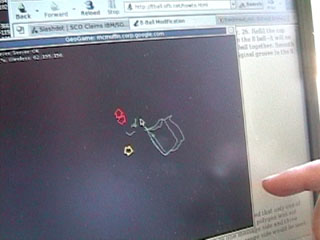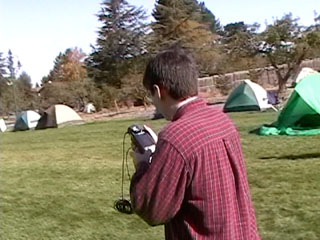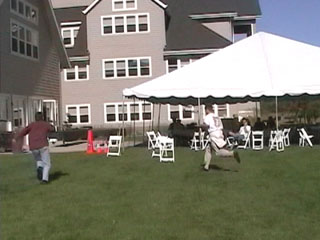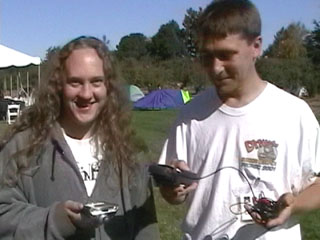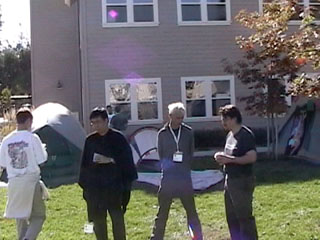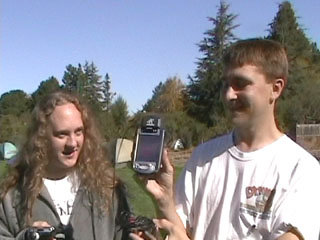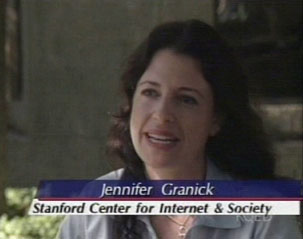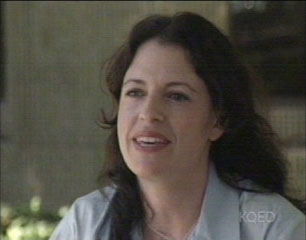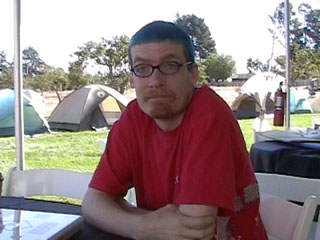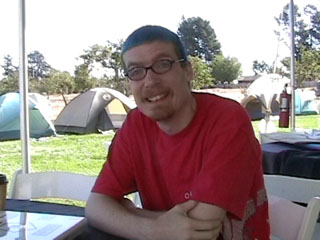This is such a dream come true, I’m still not convinced it wasn’t a hallucination, but when I was riding BART home today from San Francisco’s Civic Center Station, I opened up my laptop and …it connected to BART’s new WiFi network!
I watched in utter disbelief, as I clicked through to register an account for FREE access while the wireless network is in beta.
When the train went under the bridge, it went away. And it didn’t come back up in Oakland, so when I got home I looked up this article in the SF Chronicle, which confirmed that it’s only from Embarcadero through to Civic Center currently. But there is a time table for more stations to have access in the future.
San Francisco is the first in the nation to do this. How cool is that?
(article credits: Underground, but not unconnected — BART offers wireless service to riders
by Michael Cabanatuan, Chronicle Staff Writer)
BART has become the first transit system in the nation to offer wireless communication to all passengers on its trains underground, putting an end to miles of technological isolation for multitasking commuters with cell phones glued to their ears, Blackberry devices stuck in their palms and computers perched on their laps.
“The goal we have is to completely wire 100 percent of the underground so a passenger (on a wireless device) wouldn’t know if they were above ground or underground,” said Chuck Rae, BART’s manager of telecommunications revenue. “It would be seamless.”
Some commuters riding under Market Street in San Francisco already are yakking on their phones, surfing the Web and sending e-mail. Within weeks, most passengers should be able to use wireless devices under San Francisco to phone in a pizza order on their way home.
“With the technology (making it possible), why should we go without it?” teacher Bo Conley said Thursday on her way home to Hayward. “It’s a bit of freedom to be able to call out. What if there was a disaster? It’s a safety issue.”
Contractors recently wired the subways from the west end of the Transbay Tube to the Civic Center Station. Downtown Oakland is probably next, followed by Civic Center to Balboa Park, the Transbay Tube, the Berkeley hills tunnel and the Berkeley subway. The wireless companies will determine the timetable.
Five of the Bay Area’s six wireless companies have signed up to use the system, Rae said, and the sixth is in negotiations. The arrangement will generate hundreds of thousands of dollars, and eventually millions, for BART.
When BART first broached the idea in mid-2001 of wiring its nether regions for wireless reception, many passengers squawked about having to listen to nonstop chatter from cellular phones.
In response, BART conducted a pair of polls — one a random telephone survey, the other an online poll open to anyone with Internet access. The Sept. 11 terrorist attacks occurred while the surveys were being taken, and BART officials believe the widely publicized use of cell phones during the attacks persuaded many passengers to support wiring the tunnels…
While not all commuters see the benefit of underground cell-phone service, it could help stave off fare increases. BART’s deal with the phone companies for downtown San Francisco will bring in at least $408,000 a year. As additional stations, tubes and tunnels are wired, that amount could rise to more than $2 million a year.
It’s a good deal, said Rae. BART pays nothing to install the antennas. Nextel serves as the coordinator, planning, paying for and overseeing the work. Other carriers have the right to buy in and to strike agreements to reimburse Nextel and pay annual fees to BART.
Continue reading →

